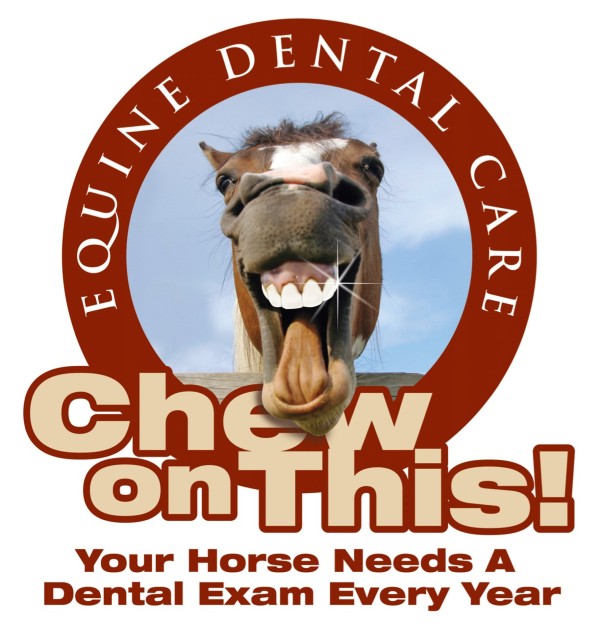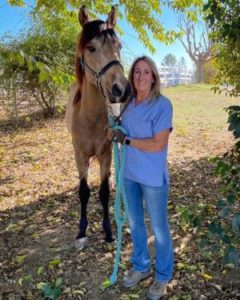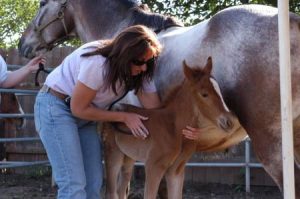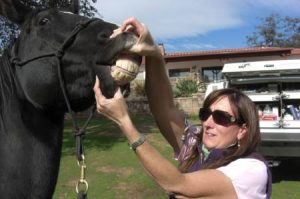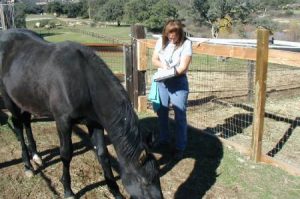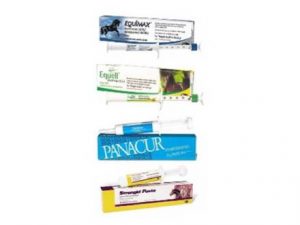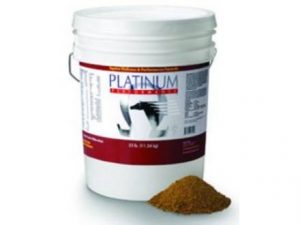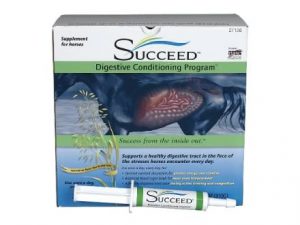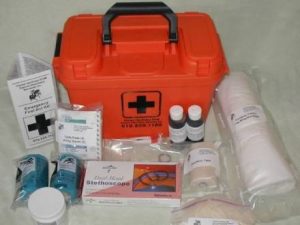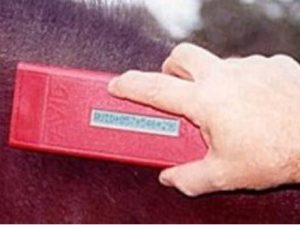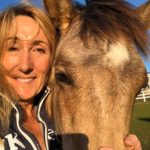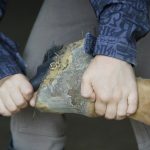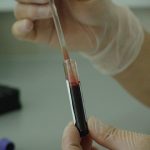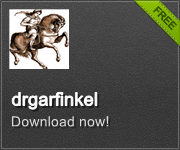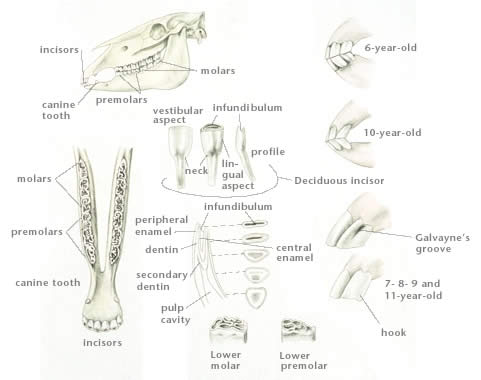
Dental care is an important part of horse management. Dental problems are best prevented by dental examinations twice a year.
The teeth of horses continually grow throughout the animal’s life. The teeth can be used to estimate horse’s age. However, certain dental problems, such as malocclusion (upper and lower teeth do not meet), broken teeth and abnormal wear (as from cribbing), can make it difficult to estimate a horse’s age.
- Lift the upper lip and observe the gums and upper incisors. This is also where lip tattoos are located where you can asses your horse’s membrane color.
- Pull down the lower lip with one hand and use the other hand to pull out the corner of the mouth. Observe the first few molars for hooks and points. These teeth generally reflect the state of the other molars.
Dental problems can lead to eating difficulties, unwillingness to accept the bit, mouth injuries or sinus infections. Signs of dental disease include weight loss, difficulty chewing, dropping the hay or grass while chewing, head tossing during riding, nasal discharge, facial swelling, and many whole pieces of grain in the manure.
